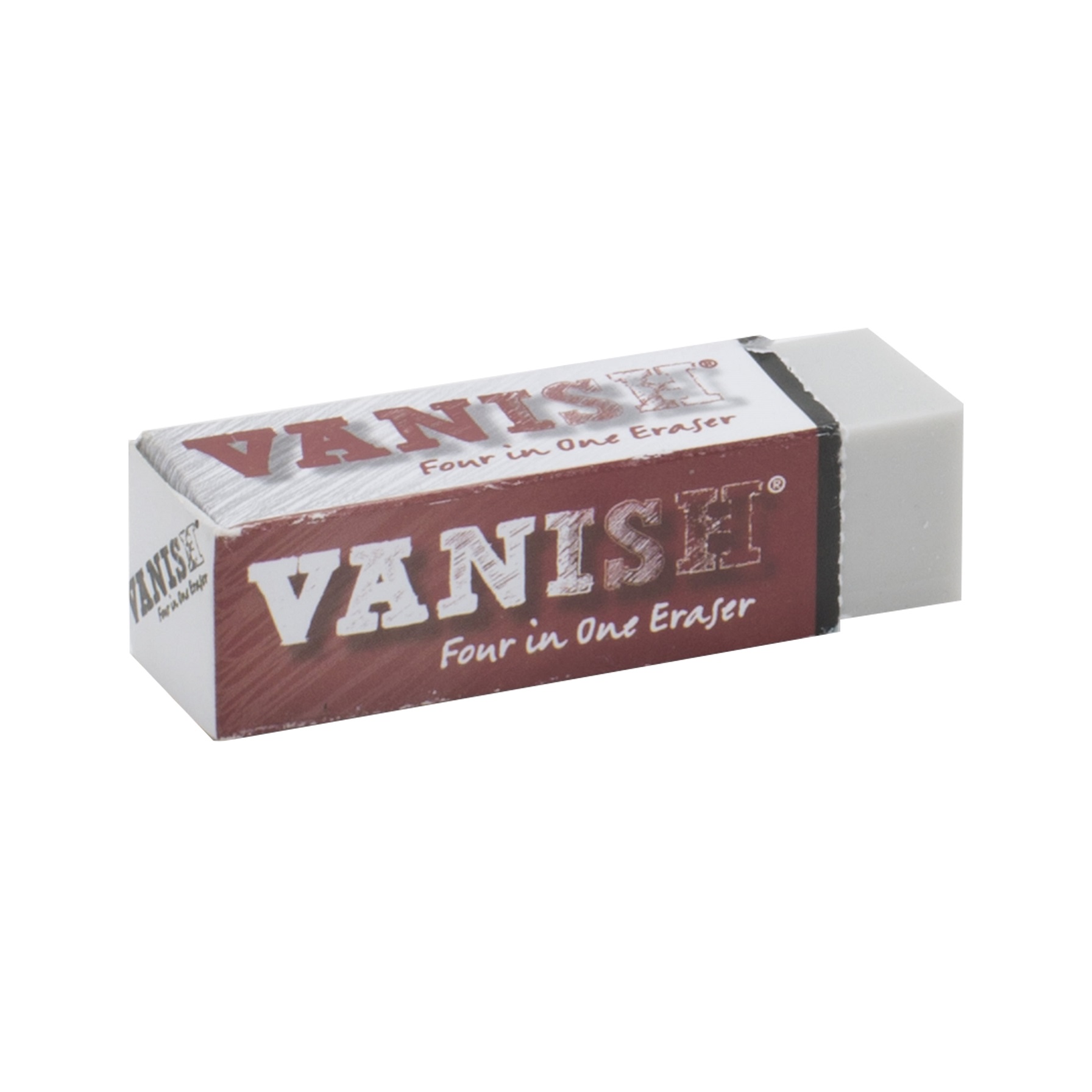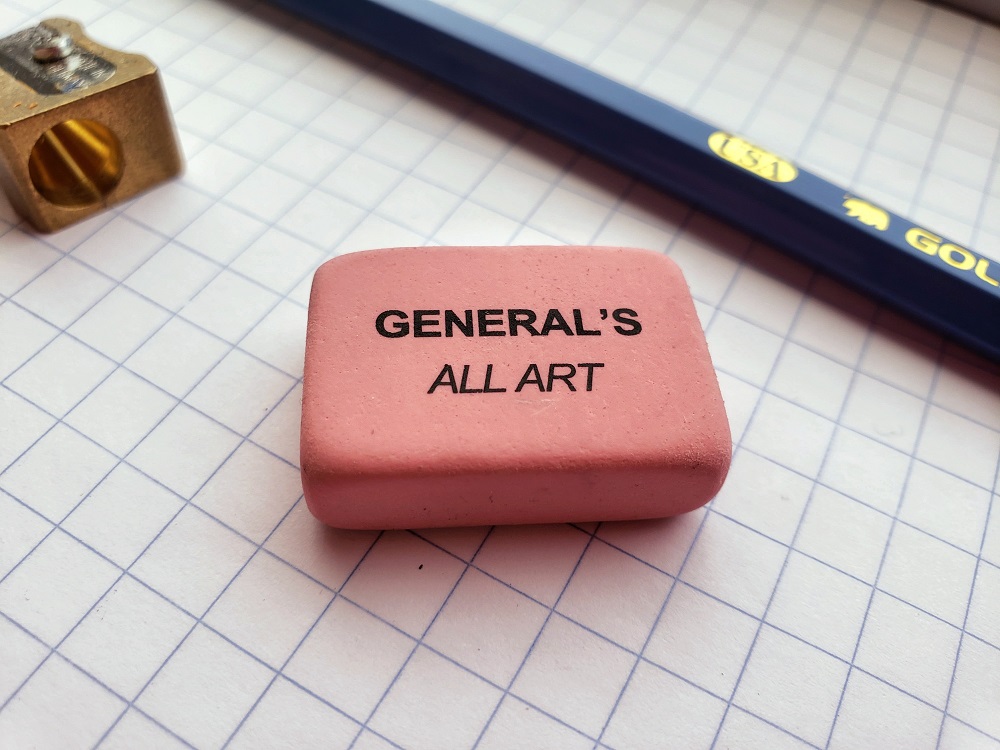Artists, illustrators, and creators of all kinds understand the essential role that precision tools play in bringing their visions to life. Among these tools, art erasers stand out as indispensable instruments for refining details, correcting mistakes, and achieving nuanced effects in artworks. Far from mere erasure devices, art erasers embody a fusion of science, technology, and craftsmanship, offering users a versatile toolkit for exploring new artistic frontiers and pushing the boundaries of creative expression. In this exploration of art erasers, we delve into their evolution, scientific principles, diverse applications, and future prospects in the ever-evolving landscape of artistic innovation.
Exploring the Evolution of Art Erasers
The history of art erasers traces back centuries, evolving in tandem with advancements in erasure technology and artistic practices. From rudimentary erasing tools made of soft bread crumbs or wax to sophisticated polymer erasers designed for precision and durability, the journey of art erasers reflects a quest for excellence and innovation in the realm of creative expression. Artists throughout history have relied on erasers to transform their sketches, drawings, and compositions, turning mistakes into opportunities for refinement and discovery.
The emergence of specialized art erasers in the modern era marked a significant milestone in erasure technology, catering to the unique needs of artists working across various mediums and styles. Unlike traditional erasers used for general writing tasks, art erasers are engineered to deliver exceptional erasing performance without damaging delicate paper surfaces or smudging pigments. With a focus on precision, control, and versatility, art erasers have become essential companions for artists seeking to achieve flawless results and unlock their full creative potential.
The Science Behind Art Erasers: Materials and Innovation
At the core of every art eraser lies a carefully selected blend of materials designed to optimize erasing efficiency, texture, and durability. While traditional rubber erasers remain prevalent in some artistic circles, modern art erasers often incorporate synthetic polymers, vinyl compounds, or latex materials to enhance their erasing capabilities. These advanced materials offer superior abrasion resistance, elasticity, and precision erasing performance, making them ideal for intricate artwork, detailed sketches, and fine line work.
Innovations in art eraser design have led to the development of specialized erasers tailored to specific artistic techniques and mediums. Soft vinyl erasers known for their gentle erasing action are ideal for light corrections and blending effects, while kneaded erasers provide artists with a pliable, moldable tool for lifting graphite, charcoal, and pastel marks from paper surfaces. Additionally, abrasive erasers featuring fine grit or textured surfaces offer artists greater control over shading, highlights, and texture in their artworks, enabling them to achieve a wide range of effects with precision and finesse.
Unleashing Creativity with Specialized Eraser Types
Art erasers come in a variety of specialized types, each uniquely suited to different artistic techniques, mediums, and styles. Understanding the characteristics and applications of these erasers is essential for artists looking to elevate their creative process and achieve professional-quality results in their artworks. Whether working in graphite, charcoal, colored pencil, pastel, or ink, artists can benefit from the versatility and precision offered by specialized art erasers tailored to their specific needs.
Kneaded erasers, also known as putty erasers, are versatile tools prized for their moldable, non-abrasive properties. Artists can shape kneaded erasers into fine points, flat surfaces, or custom shapes to lift graphite, charcoal, and other dry media from paper surfaces with precision and control. The pliable nature of kneaded erasers allows artists to selectively erase areas, create highlights, blend tones, and refine details in their drawings and sketches, making them indispensable tools for artists seeking flexibility and adaptability in their erasing techniques.
In contrast, precision erasers feature narrow tips or edges designed for fine, detailed work requiring pinpoint accuracy. These erasers excel at erasing small areas, intricate lines, and subtle textures in artworks, allowing artists to achieve sharp contrasts, crisp details, and defined shapes with ease. Whether correcting mistakes, adding highlights, or refining outlines, precision erasers offer unparalleled control and dexterity, enabling artists to execute complex techniques and achieve professional-quality results in their compositions.
Pushing Boundaries: Advanced Techniques and Applications
Art erasers serve as versatile tools for artists exploring advanced techniques and applications in their creative practice. Whether seeking to achieve hyper-realistic details, expressive textures, or abstract effects, artists can leverage the precision, control, and versatility of art erasers to push the boundaries of traditional erasing techniques and elevate their artistic vision. By mastering specialized eraser types, experimenting with innovative methods, and embracing creative challenges, artists can unlock new possibilities in their artworks and expand the horizons of their creative expression.
One advanced technique employed by artists is the use of erasers to create highlights and reflections in drawings, paintings, and illustrations. By selectively erasing areas of a composition, artists can simulate light, shadow, and luminosity, enhancing the three-dimensionality and visual interest of their artworks. Whether depicting shiny surfaces, glassy reflections, or glowing highlights, artists can achieve striking effects through strategic erasing techniques that manipulate contrast, value, and texture to create dynamic and realistic representations.
Another sophisticated application of art erasers is the technique of subtractive drawing, where artists start with a dark or toned surface and use erasers to reveal lighter areas, shapes, and details in their compositions. By working in reverse, artists can construct images through erasure, carving out forms, textures, and negative spaces with precision and intention. This subtractive approach challenges artists to think in terms of light and shadow, positive and negative space, and reveal hidden layers of meaning and complexity in their artworks, resulting in dynamic and visually engaging creations that captivate viewers and invite contemplation.

